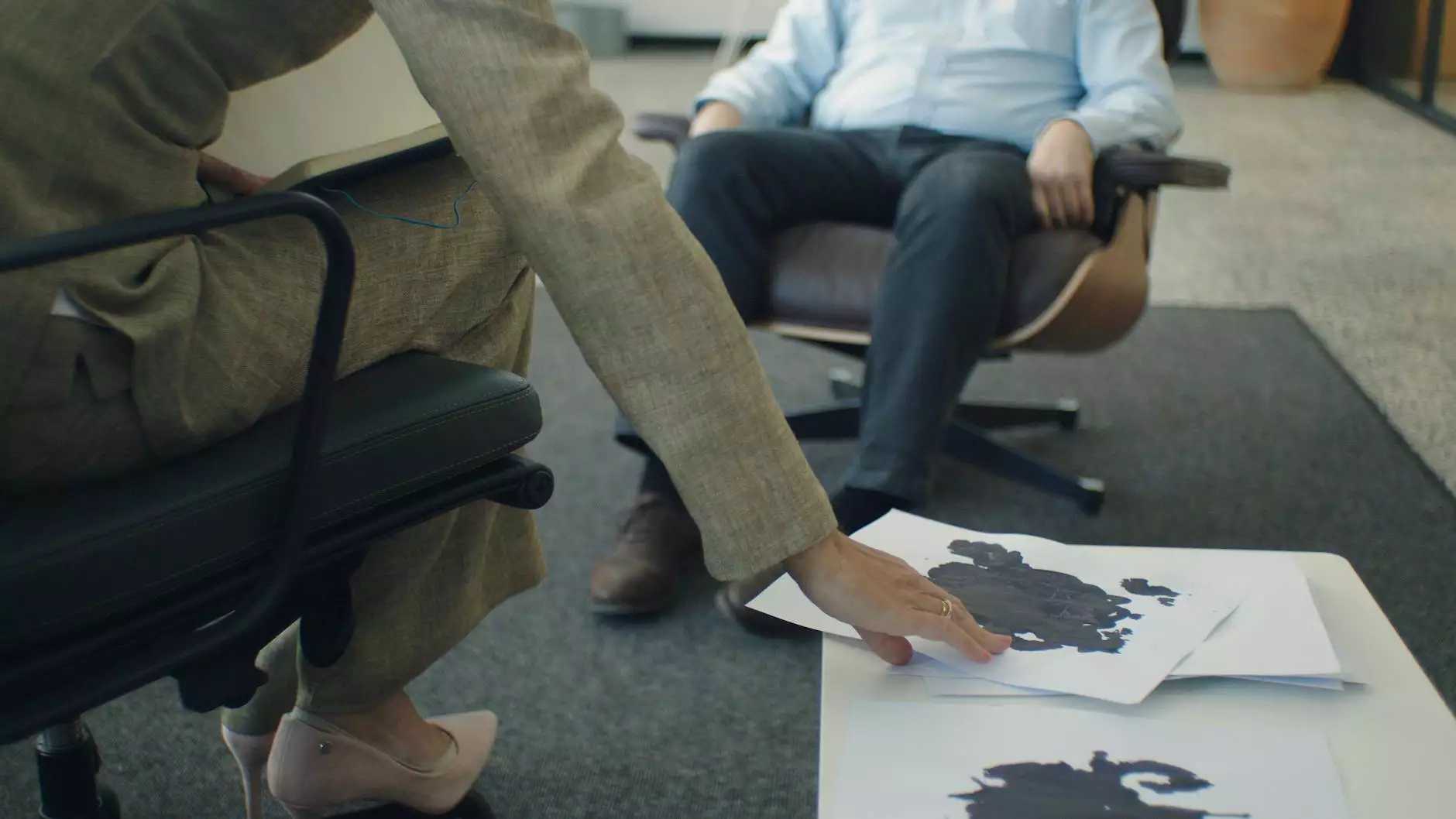Foot Bruises: Types, Causes, Complications - Healthgrades
About
Welcome to Benjamin Shettell, MD, your trusted source for comprehensive foot and ankle injury care. In this article, we will discuss various types of foot bruises, their causes, and the potential complications that can arise from them.
The Importance of Understanding Foot Bruises
As one of the most common forms of foot injuries, foot bruises can cause significant discomfort and affect your mobility. It is essential to have a deeper understanding of foot bruises to diagnose and treat them effectively.
Types of Foot Bruises
There are several types of foot bruises, each with its own characteristics and treatment approach:
1. Subcutaneous Bruises
Subcutaneous bruises are the most common type of foot bruise. They occur beneath the surface of the skin and typically result from trauma or repetitive impact to the foot. These bruises may appear red or purple and can be painful to the touch.
2. Bone Bruises
Unlike subcutaneous bruises, bone bruises affect the bone tissue itself. They usually occur due to direct trauma, such as a hard impact or crush injury. Bone bruises are often more severe, causing substantial pain and potentially leading to other complications.
3. Deep Tissue Bruises
Deep tissue bruises involve damage to the soft tissues beneath the skin's surface, such as muscles, tendons, or ligaments. They often occur as a result of high-impact injuries or repetitive strain. Deep tissue bruises can cause swelling, tenderness, and limited mobility.
Causes of Foot Bruises
Understanding the underlying causes of foot bruises is crucial in preventing their occurrence and implementing appropriate preventive measures. Here are some common causes of foot bruises:
1. Traumatic Injuries
Foot bruises are often a result of traumatic injuries, such as accidental falls, sports-related mishaps, or being hit by a heavy object. These sudden impacts can lead to various types of bruises.
2. Repetitive Stress or Overuse
Overuse or repetitive stress on the foot, such as vigorous physical activities or long-distance running, can cause foot bruising over time. Continuous pressure and strain can lead to subcutaneous or deep tissue bruises.
3. Poorly Fitted Footwear
Wearing ill-fitting shoes or footwear that does not provide adequate support can contribute to foot bruises. Improper shoes can cause excessive pressure or create friction against certain areas of the foot, leading to bruises.
Potential Complications of Foot Bruises
While foot bruises may seem minor, there are potential complications that should not be ignored. Seeking timely medical attention and treatment can help prevent the following complications:
1. Hematoma Formation
Hematoma refers to the pooling of blood outside the blood vessels, often presenting as a localized clotted mass. If left untreated, hematoma formation within a foot bruise can hinder the healing process and increase the risk of infection.
2. Soft Tissue Inflammation
Foot bruises can lead to inflammation of the surrounding soft tissues. This inflammation can cause pain, limited range of motion, and delayed healing. Timely medical intervention can aid in reducing inflammation and promoting proper healing.
3. Infection
Foot bruises that break the skin's surface may create an entry point for bacteria, increasing the risk of infection. Prompt evaluation and appropriate wound care can prevent infection and its associated complications.
Seek Professional Foot and Ankle Injury Care
At Benjamin Shettell, MD, we specialize in diagnosing and treating foot and ankle injuries, including foot bruises. Our expert team of experienced medical professionals is dedicated to providing comprehensive care tailored to your specific needs. If you have any concerns or require treatment for a foot bruise, contact our clinic today.
Remember, understanding foot bruises, their types, causes, and potential complications is crucial for effective diagnosis and treatment. By seeking professional care, you can ensure optimal healing and a swift recovery from foot bruising.










